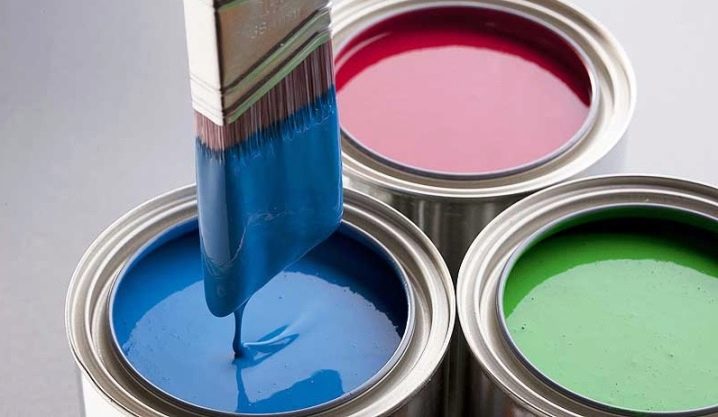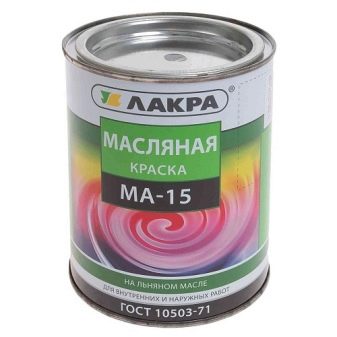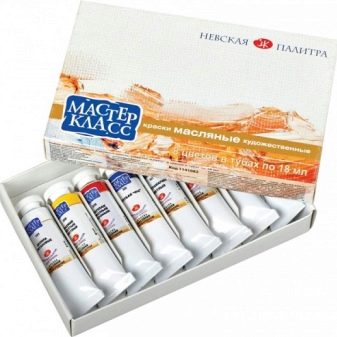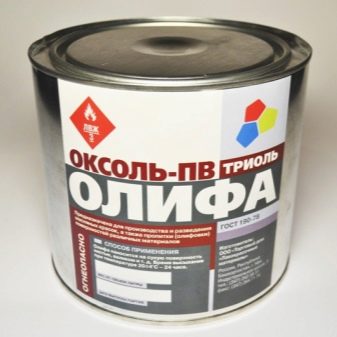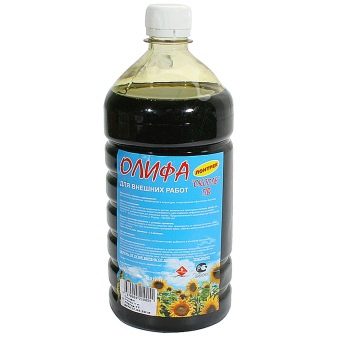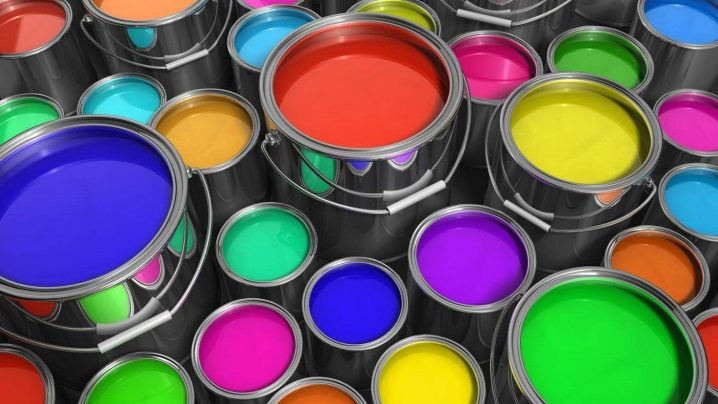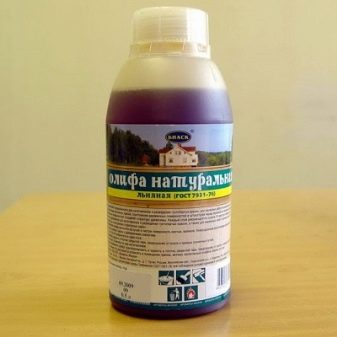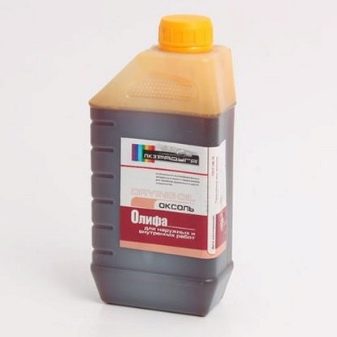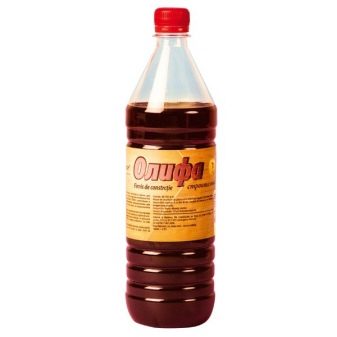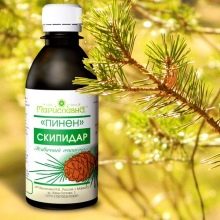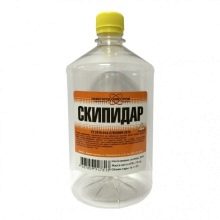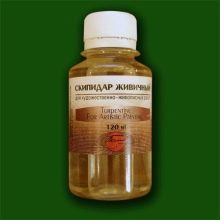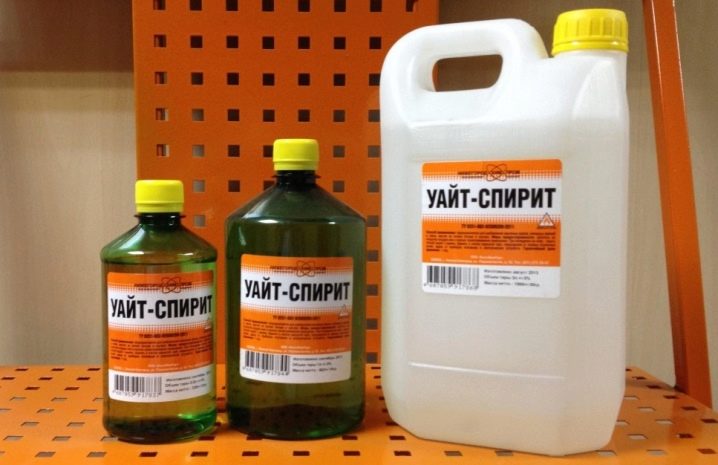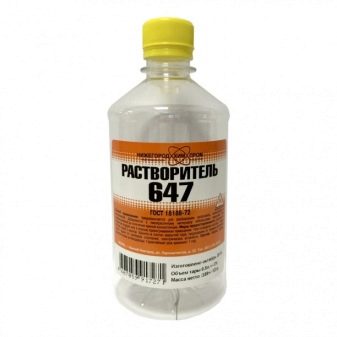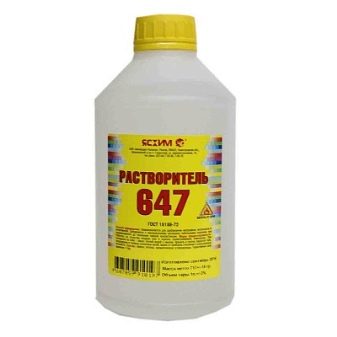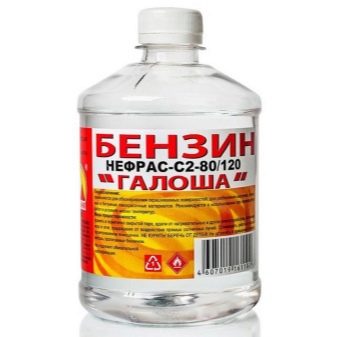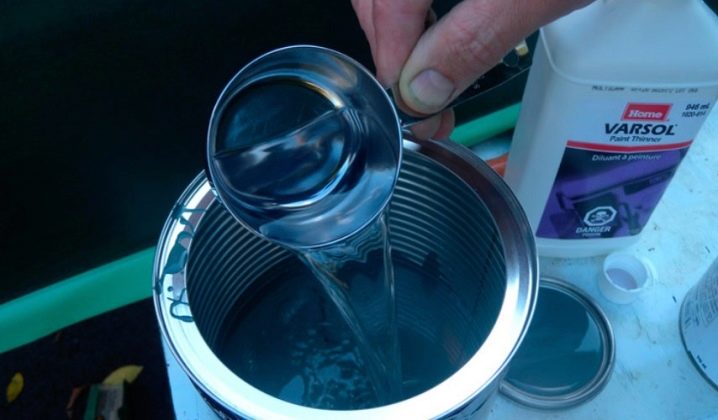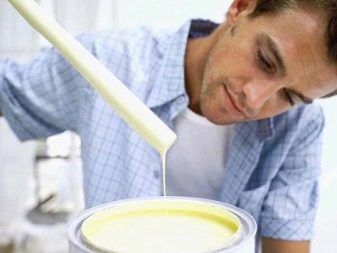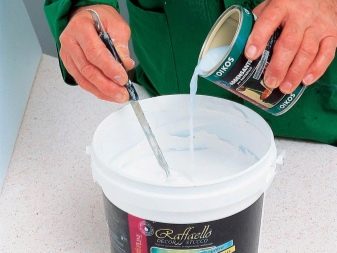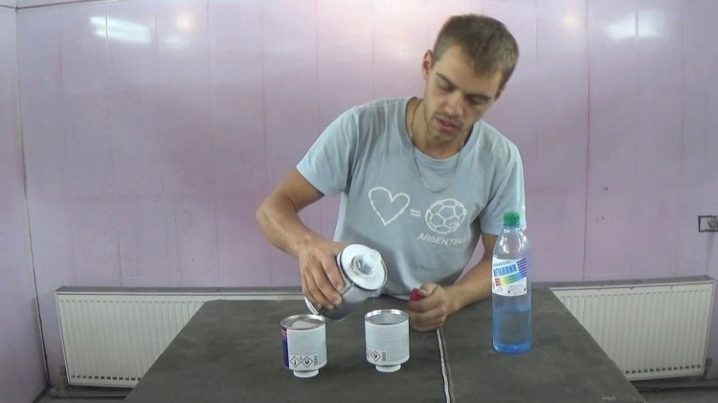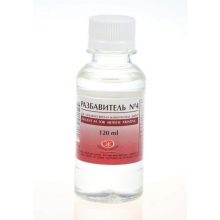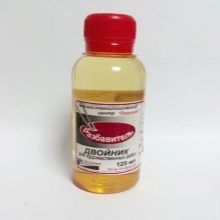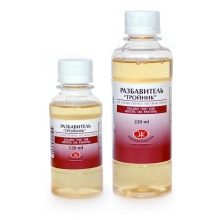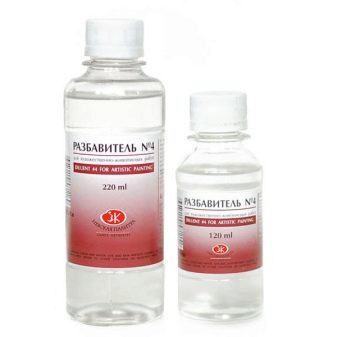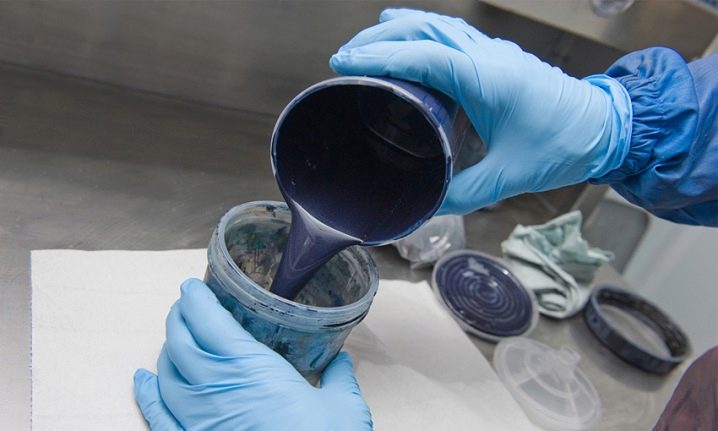How to dilute the oil paint?
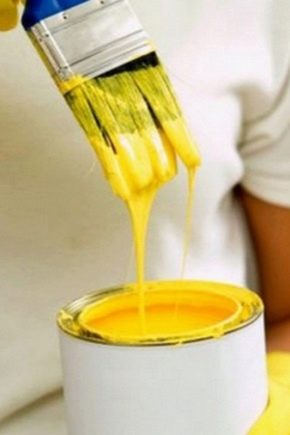
For most people, at some point there comes a time when they are faced with the need to use oil paint for any needs. But due to the fact that its part after use remains unclaimed for a long time, the paint thickens or dries. In this situation, it can be diluted to working condition.
Varieties of oil paints
According to their purpose, they are conditionally divided into two groups:
- Construction oil solutions. They, in turn, are divided into thick-rubbed and ready-made. Damped solutions are subject to mandatory dilution with solvents designed specifically for these mixtures.The finished compositions are diluted with solvents only in case of thickening and when the liquid consistency of the solution is required.
- Art varieties of oil paints. They are mainly used for drawing both professional and amateur. They also produce artistic paintings of various interior compositions. Special diluents are needed to dilute such solutions.
Below are the solvents used for a group of building oil blends.
Drying oil
It is the main component in the manufacture of oil paints, in addition, and a universal solvent for all works where it is used. Because a high percentage of linseed oil is present in these materials, a thin film is obtained when stained on the surface.
You should pay attention to what kind of drying oil is present in their composition. Information about this can be read on the can of paint - this type of drying oil should be added for dilution.
There are generally accepted standards by which the classification of oil paints.In addition to drying oil, the composition includes certain fillers and various pigment components. For mixtures that have a single compound, the name corresponds to this component, for example, ocher.
The possibility of applying paints on various surfaces is marked with the number 2 in the event that the same type of drying oil was used for breeding as in its production. Oil mixtures are also divided into different types of drying oil, taking into account the basis on which they were made.
- Combined (compositional) linseed oil. State standards are not applied to its production. In this regard, the composition of such drying oil includes toxic components. It is not recommended to use paint produced on the basis of this varnish in rooms where people or animals live, as the unpleasant smell persists for a long time after the composition dries. Such a mixture is marked with the abbreviation MA-025.
- Natural linseed oil. The production of natural drying oil is based on vegetable oils (up to 97%) and about 3% is left for the addition of desiccant. The paint, made on the basis of this drying, it is customary to paint all the necessary surfaces inside residential buildings.Marking this painting - MA-021.
- In the form of a substitute for the natural composition of artificial produce glyphthalic drying oil. Marking - GF-023.
- Pentaphthalic. It has a composition that includes natural oils, glycerin, desiccant, and phthalic anhydride. Marking of varnish with this composition - PF-024.
In accordance with the requirements of GOST, on packages of all types of paint and varnish products it is indicated which solvents can be used for each type and their necessary proportions. A prerequisite is also an indication of the required flow of the mixture per 1 square. m
Turpentine
Such a composition is very popular as a diluent. There are two types of turpentine, which are used in the works. These include woody and turpentine turpentine.
Woody is made from wood components containing resin. Initially, the solution turns out to be dark in color, after a certain treatment it becomes transparent. During the distillation of softwood resin, turpentine turpentine is obtained. It has many properties that are used in various areas,besides dissolving.
By diluting paints with a similar solvent, it is possible to achieve faster drying of painted surfaces. But the lack of use of such a composition is a specific smell, as a result of which work should be carried out with active ventilation.
White Spirit
They can be replaced with turpentine. The availability of this tool determines its popularity. Also available varieties of white spirit without a sharp smell. In the application of this liquid is very convenient due to the slow evaporation, the work can be done slowly, with particular care. A positive quality is also the fact that the color of the mixture does not change with the introduction of white spirit.
Solvent
For dilution of oil paints used solvent number 647. There may be other designations - it depends on the components from which the composition is made. But do not use products that contain acetone.
Dilute oil mixtures with a solvent should be carefully, as too much liquid can lead to deterioration of the paint.
Gasoline and kerosene
Apply for cultivation if there are no other solvents and only during the external works.The peculiar smell is the predominant disadvantage - dizziness and even poisoning may occur. But in hopeless cases of thickening of the material, it is recommended to use kerosene for its cultivation - for this it is necessary to mix it with siccative or turpentine beforehand.
The use of kerosene increases the drying time of painted surfaces.
Dilution order
Compliance with the dilution procedure for quality results is very important. Below is the order of such a process.
First you need to open the jar, evaluate the thickness, mix thoroughly with improvised means.
Carefully determine the required proportion, which depends on the type of solvent used and the density of the paint. The injected liquid in order to avoid deterioration should not exceed 5% of the total mass. But if you plan to use the mixture as a primer, then the volume of the solvent can be increased to 10%.
To achieve the required quality, a thinner is added directly to the jar, little by little and thoroughly stirred after each addition.
You can use the prepared mixture,if in the process of dyeing the paint begins to thicken. It is brought to the desired consistency by adding the required amount of solvent.
If the mixture remains open and a characteristic film has formed on the surface, it should be carefully removed, since the hard conglomerates formed in the case of mixing the paint with the film cannot be dissolved, and removing them will be very problematic.
Then you need to add a little kerosene, which is pre-mixed with white spirit. After that, the mixture is thoroughly mixed and add the prepared solvent as needed, to achieve the desired result.
Breeding oil paints
Their use is mainly distributed to create highly artistic design works, writing pictures and other creative moments. Artistic paints are distinguished by a dense structure, a wide range of colors, considerable ease of mixing, and in correcting errors there is no great difficulty.
Diluted mixtures are widely used by artists, but they dry out rather quickly, as a result of which they are regularly diluted.
Professional artists recommend thinning oil paints with certain vegetable oil based thinners.
It should be borne in mind that a large amount of thinner increases the drying time, since the oil does not have the ability to evaporate.
Used types of thinners
There are several groups of sought-after thinners used by professional artists. These include compounds made on the basis of vegetable oils, varnishes, as well as twins, tees and pinene.
- Butter. Common vegetable oils of different origin, such as flaxseed, poppy, sunflower, hemp, have long been used by artists for the cultivation of paints.
- Varnishes are made on the basis of diluted resins. When used as a diluent, the structure of the paint is compacted and contributes to a better adhesion to the web. Special varnishes are made to be added to thinners in order to dilute oil paints.
- Double and tee. As the name implies, a twin is a thinner containing two components. These components are varnish, as well as vegetable oils, made up in proportions,which artists often pick their own. In the tee to the above components added thinner.
- Pinen. Otherwise, it is called "thinner number 4." It is used to dissolve and dilute the formulations.
Each artist has his own approach to the dilution of colors - it depends on what goal should be achieved. If you want to achieve quick results, then only pure diluent can be applied, which promotes fast drying. In the case of the inclusion of vegetable oils, drying significantly slows down - sometimes it can reach five days.
The use of twins and tees depends on the desire of the artist, who can independently mix components to achieve the desired goal.
In conclusion, we can say that oil paints are popular because of their properties, which include strength and durability, advantageously distinguishing them from other materials. These compounds are perfectly applied to various surfaces: plaster, metal, wood, and concrete planes. Mixtures contribute to their protection against corrosion, various types of decay, excessive moisture,and also serve as an excellent source of decoration.
Dissolve the dried paint at home is not difficult if you follow the above tips.
You can find out how to wash brushes from oil paints in the following video.
